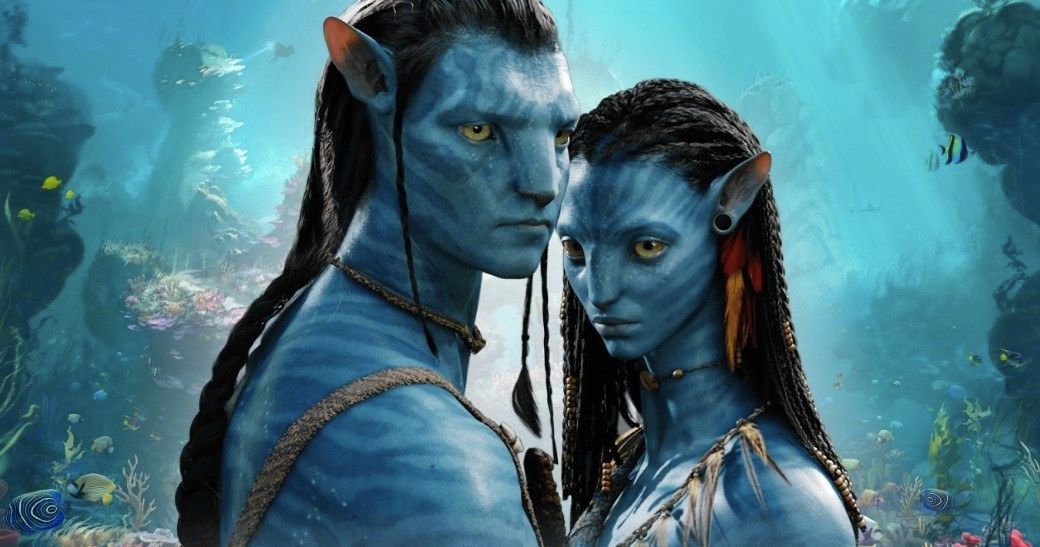Believe it or not, James Cameron is actually filming Avatar 2. After all these years, he's finally hard at work on the sequel(s) to the biggest movie of all time. But there's a reason for the long delay. Not only because Cameron is making not one, but four sequels to Avatar, but the underwater motion capture he's using for much of the Avatar sequels took a long time and a lot of money to perfect. They've literally invented this complex technology for Avatar 2. Here's what James Cameron had to say about it in a recent interview.
"Well, we're doing it. It's never been done before and it's very tricky because our motion capture system, like most motion capture systems, is what they call optical base, meaning that it uses markers that are photographed with hundreds of cameras. The problem with water is not the underwater part, but the interface between the air and the water, which forms a moving mirror. That moving mirror reflects all the dots and markers, and it creates a bunch of false markers. It's a little bit like a fighter plane dumping a bunch of chaff to confuse the radar system of a missile. It creates thousands of false targets, so we've had to figure out how to get around that problem, which we did. Basically, whenever you add water to any problem, it just gets ten times harder. So, we've thrown a lot of horsepower, innovation, imagination and new technology at the problem, and it's taken us about a year and a half now to work out how we're going to do it."
Long before we were made aware of James Cameron's lofty plans to make four Avatar sequels, we knew he was planning on shooting much of the follow-up underwater. The problem is, he had to invent the technology to make that possible. That's part of what contributed to the eight-year delay between the first movie and the sequel. However, all of that time and money has finally paid off, as they've successfully perfected shooting full scenes underwater.
"We've done a tremendous amount of testing, and we did it successfully, for the first time, just last Tuesday [November 14th]. We actually played an entire scene underwater with our young cast. We've got six teenagers and one seven-year-old, and they're all playing a scene underwater. We've been training them for six months now, with how to hold their breath, and they're all up in the two to four minute range. They're all perfectly capable of acting underwater, very calmly while holding their breath. We're not doing any of this on scuba. And we're getting really good data, beautiful character motion and great facial performance capture. We've basically cracked the code."
James Cameron has always been very ambitious in terms of technology and filmmaking. Not only has he historically made very great, or at the very least incredibly successful movies, but he's always pushed the limits of what technology can do for movies. These Avatar sequels are going to be no different. If he has his way, we're going to have glasses-free 3D by the time Avatar 5 rolls around. He also reveals in this new interview that the majority of Avatar 2 and Avatar 3 will take place underwater and, while Avatar 4 and Avatar 5 will have water work as well, the "emphasis" is on the next two installments.
"Now, we're still working in our small test tank. We graduate to our big tank in January. There's a tremendous amount of water work across Avatar 2 and 3. It's ongoing into 4 and 5, but the emphasis is on 2 and 3."
Currently, Fox has dated the Avatar sequels for release on December 18, 2020, December 17, 2021, December 20, 2024, and December 19, 2025. Granted, those dates could change again, but with production underway, Avatar 2 will finally see the light of day in the next few years. Based on this interview with Collider, even if you don't love the first movie, it sounds like this could be one hell of a theatrical experience.

